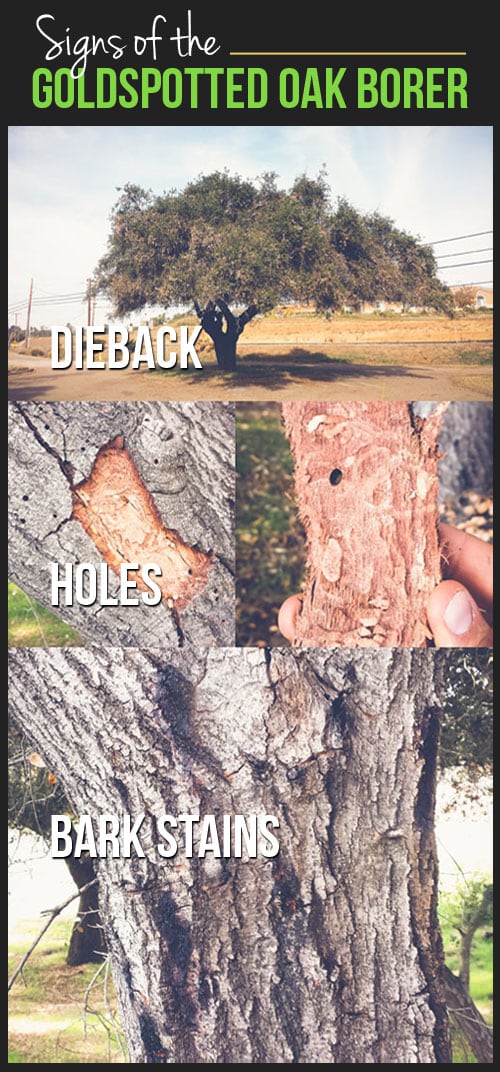Identifying The Right Time For Tree Removal - An Overview For Homeowners
Identifying The Right Time For Tree Removal - An Overview For Homeowners
Blog Article
Published By-Hollis Bendixen
Trees add charm and worth to home, yet they can likewise pose a risk throughout severe weather occasions. If private maintenance has actually quit expanding, is showing visible fungal growth, or has a leaning trunk, it ought to be removed by a professional to prevent building damages and injury.
To read more, attend a homeowner source reasonable co-hosted by HPD, the Center for NYC Neighborhoods, and Brooklyn-based housing partners this evening in Bedford-Stuyvesant. The event will feature the House owner Handbook, a new guide to assist property owners navigate the duties of having a home.
1. Dead or Dying Branches
Trees are an indispensable part of your home's landscape, providing color and elegance. They likewise give shelter for wild animals and create oxygen, however even healthy and balanced trees can experience health issue that may demand their removal. Dead or dying trees aren't just unattractive, they can be unsafe. Their branches might fall throughout a storm, resulting in costly property damages and injuries.
When a tree's branches begin to die, it indicates that its structure is starting to break down. If the majority of its branches are dead, it is most likely time to remove it.
Try to find an absence of new development, bark peeling, open injuries or cavities, fungis growing on the trunk or origins and a general look of decay in the entire canopy. These indications of infection can indicate a major problem that will certainly need expert tree services to deal with.
2. Leaning Trunk
While it's normal for trees to lean every now and then due to phototropism, if a tree has a hazardous or extreme lean that's not because of natural processes - maybe an indication that the tree needs to be gotten rid of. If treesthatcount is favoring a power line, home, car, play structure or any other location that could be unsafe to individuals if it drops, after that contacting a professional tree service for removal must be a leading concern.
It's likewise crucial to watch for any type of sudden changes in a tree's leaning as it can suggest damages to the roots or trunk that might result in falling. This is specifically real throughout stormy weather, because high winds and rain-soaked soil can create a lean to transform quickly. Regular monitoring, especially throughout and after storms can help house owners identify prospective issues with their trees so they can call an arborist for an extensive examination.
3. Parasite Invasion
Some pest problems, such as wood-boring bugs like emerald ash borer or sap-suckers like scale bugs, are so extreme that they can cause a tree to die. The most effective method to avoid pest problem is to monitor your trees regularly. Look for areas, openings, or stainings in the fallen leaves and bark. Examine tree trimming service near me for fractures and indications of insect damage, such as passages or tracks.
If a tree becomes as well plagued with pests, or is close to a home or high-voltage line, an arborist may recommend elimination. If a leaning tree establishes a brand-new, unsteady lean, an arborist will likely advise removal also to make sure the security of individuals and building. If a weakened or dead tree continually sheds too much branches, it is an indicator that it is time to remove the tree. If a tree continues to drop branches for a prolonged period of time, it might bring about architectural problems and potential building damage.
4. Damaged Trunk
Trees are a beautiful and important part of our landscape, but they do require routine care to keep them healthy and safe. If a tree is damaged irreparable it is most likely time for it ahead down.
Seek indications of damage to the trunk, including vertical cracks, seams, dead branch stubs, noticeable injuries or open dental caries and extreme tree-rot. The existence of fungi at the base of the trunk is an additional alerting indicator. Fungi may suggest that the phloem and xylem (life-support tissues) are compromised, allowing for the spread of disease or a future failing.
Likewise, think about whether the tree has stopped growing. Healthy and balanced trees will certainly have brand-new growth every year, which might be visible as buds or branches sprouting and extending. If you do not see any kind of new development, it's a good idea to have an arborist assess the tree and follow their suggestion for removal. A passing away or damaged tree can drop and cause property damages.